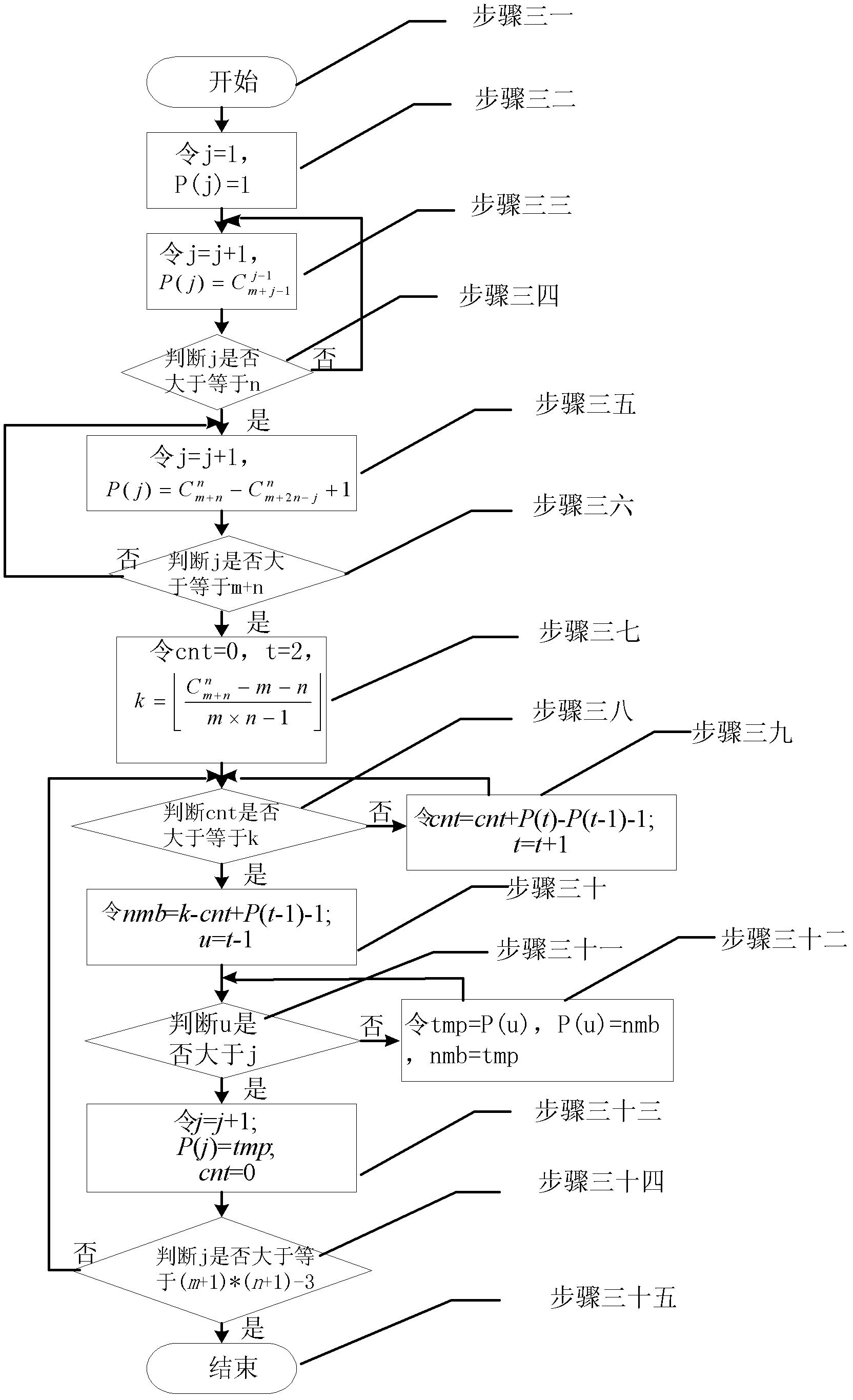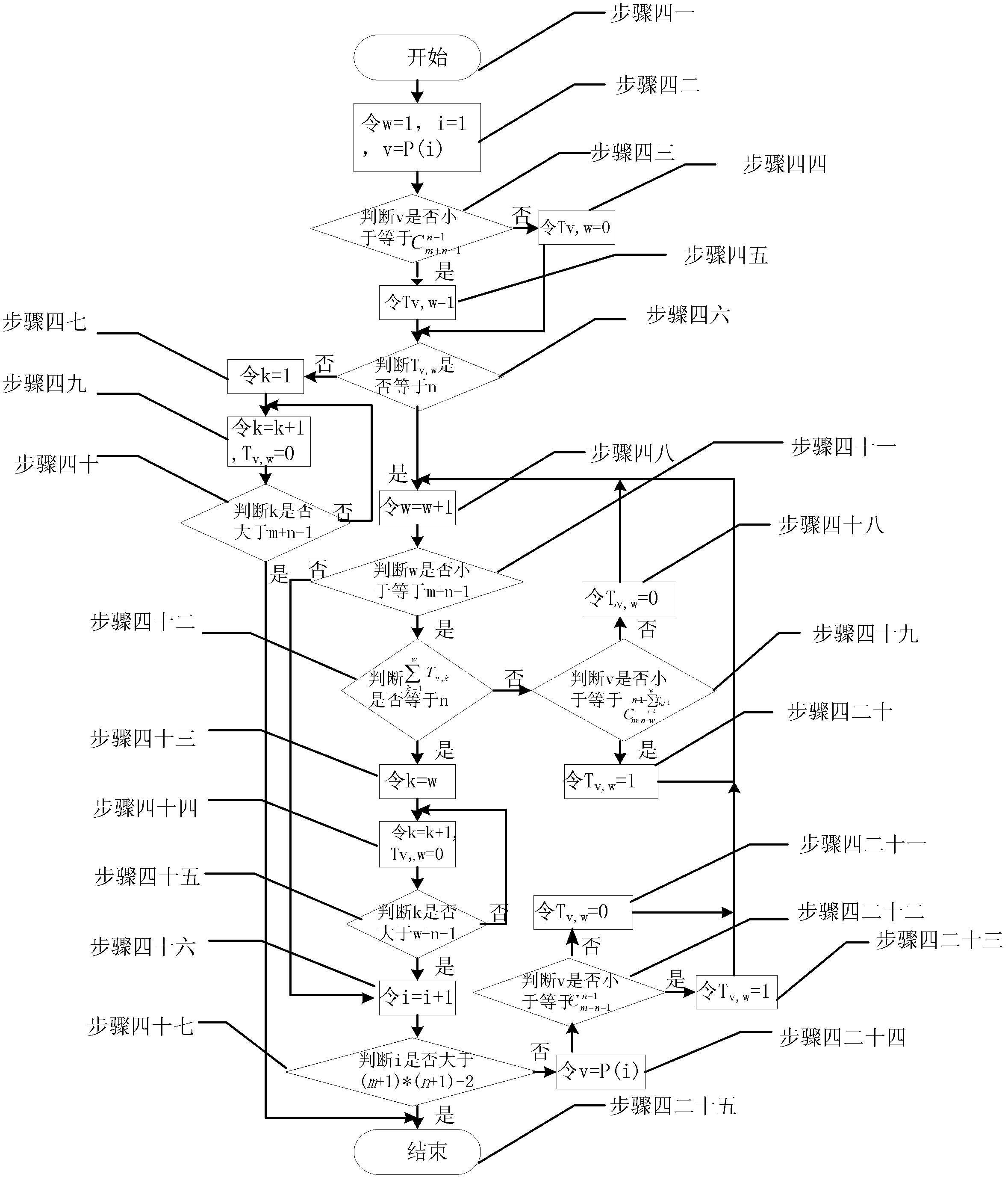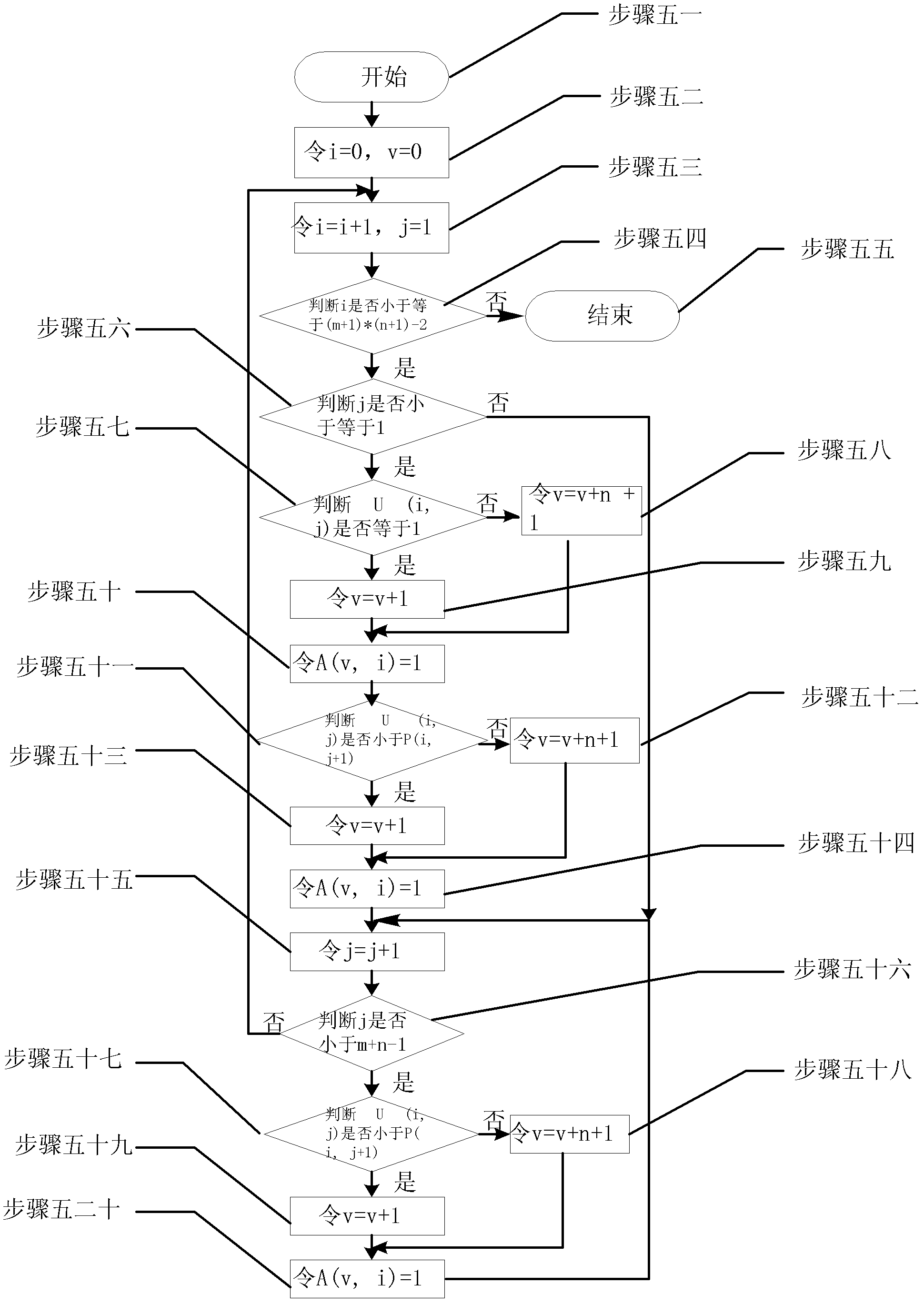Method for balancing load of nodes in grid wireless sensor network (WSN) by minimum mean square error (MMSE) algorithm
A minimum mean square error and sensor network technology, applied in wireless communication, network topology, network traffic/resource management, etc., can solve problems such as energy imbalance and communication bottlenecks, and achieve the effect of solving the difference in energy consumption
- Summary
- Abstract
- Description
- Claims
- Application Information
AI Technical Summary
Problems solved by technology
Method used
Image
Examples
specific Embodiment approach 1
[0015] The specific embodiment one, the method for utilizing the minimum mean square error algorithm to balance the load of each node in the wireless grid sensor network, it includes the following steps:
[0016] Step 1. Let there be m grids in the horizontal direction and n grids in the vertical direction in the rectangular interval from the source node to the central node;
[0017] Then there are (m+1)*(n+1) nodes in total. According to the shortest path algorithm, the shortest route length between the source node and the central node is m+n, and there are different routes, so construct a (m+1)*(n+1)-2 line, Column matrix A, where each column of matrix A represents a route, and each row represents whether a certain node appears in the route, all routes must pass through source nodes and destination nodes, so the number of nodes in the grid network can be Reduced to (m+1)*(n+1)-2,
[0018] Step 2, judging whether m+n is greater than 5, judging whether to execute step 3, j...
specific Embodiment approach 2
[0032] Embodiment 2. The difference between this embodiment and Embodiment 1 is that the latitude and longitude path selection algorithm in step 3 is:
[0033] Step 31, start, execute step 32;
[0034] Step 32, set j=1, P(j)=1, execute step 33;
[0035] Among them, j is the number of selected paths, P(j) is the index number of the jth path in the full path in descending order, and the i-th row and the sth column element in the full-path matrix represent the i-th path’s Whether the s jump is in the horizontal direction, if the value of the element is 1, it means along the horizontal direction; otherwise, if the value of the element is 0, then it means along the vertical direction, if each row in the matrix is regarded as a set of binary numbers, and These rows are arranged in descending order from top to bottom in order from large to small, then each raster map can uniquely correspond to a full path matrix, which has a total of Row, that is, the combination number of n num...
specific Embodiment approach 3
[0057] Specific embodiment three, the difference between this embodiment and specific embodiment one is: the transition matrix T construction algorithm in step 4 is:
[0058] Transition matrix T construction algorithm:
[0059] Step 41, start, execute step 42;
[0060] Step 42, let w=1, i=1, v=P(i), execute step 43;
[0061] Among them, w is the number of hops of the path, i is the i-th longitude-latitude path, v is the number of paths, P(i) is the index value of the selected i-th longitude-latitude path in the whole path,
[0062] Step 43: Determine whether v is less than or equal to If the judgment result is yes, execute steps 4 and 5; if the judgment result is no, execute steps 4 and 4;
[0063] Step 44, make T v,w =0, execute steps four and six;
[0064] Among them, T v,w is the element in row v and column w in the transition matrix T, T v,w =0 is to assign 0 to the element in row v and column w in the transfer matrix T,
[0065] Step four and five, make T v,w =1...
PUM
 Login to View More
Login to View More Abstract
Description
Claims
Application Information
 Login to View More
Login to View More - R&D
- Intellectual Property
- Life Sciences
- Materials
- Tech Scout
- Unparalleled Data Quality
- Higher Quality Content
- 60% Fewer Hallucinations
Browse by: Latest US Patents, China's latest patents, Technical Efficacy Thesaurus, Application Domain, Technology Topic, Popular Technical Reports.
© 2025 PatSnap. All rights reserved.Legal|Privacy policy|Modern Slavery Act Transparency Statement|Sitemap|About US| Contact US: help@patsnap.com



